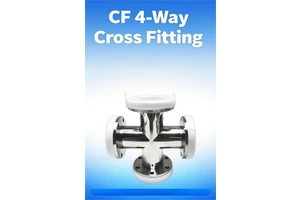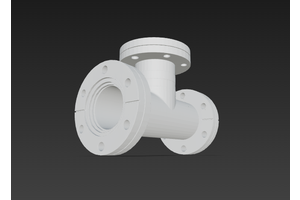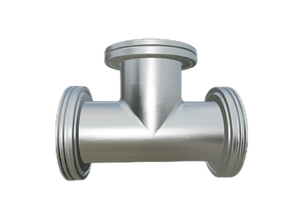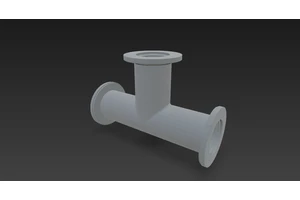Key Considerations When Selecting a Vacuum Pump
Choosing the right vacuum pump is critical to ensuring optimal performance, process stability, and equipment longevity. The selection process involves more than just meeting vacuum level requirements—it also requires evaluating environmental factors, gas composition, operational conditions, and maintenance needs. Below are the essential factors to consider when purchasing a vacuum pump:
1. Vibration Impact
Assess whether the pump’s vibration during operation will affect your process or surrounding environment. If vibration is unacceptable for your application, choose a vibration-free pump or implement anti-vibration measures.
2. Gas Composition
Understand the composition of the gas to be pumped—whether it contains condensable vapors, particulate matter, or corrosive substances. This will determine the appropriate pump type. If the gas contains vapors, dust, or corrosive gases, install auxiliary equipment such as condensers or filters at the pump inlet to protect the pump and ensure performance.
3. Handling Process Gas Load
Ensure the pump can handle the total volume of gas generated during the process at the required operating pressure. The pump’s capacity must match the system’s maximum gas load.
4. Pump Combination Strategies
No single pump can handle all gases equally well. Sometimes, a combination of pumps is required for optimal results.
-
For example, titanium sublimation pumps are highly effective for hydrogen but ineffective for helium. Pairing them with triode or diode sputter ion pumps—which have some pumping speed for argon—can achieve a better overall vacuum.
-
Additionally, some pumps cannot operate directly at atmospheric pressure and require a backing pump, while others need a forepump because their exhaust pressure is below atmospheric pressure.
5. Oil Contamination Requirements
If the application demands an oil-free environment, choose oil-free pumps such as water ring pumps, molecular sieve adsorption pumps, sputter ion pumps, or cryogenic pumps. For processes with less stringent requirements, oil-sealed pumps can be used with anti-oil-contamination measures such as cold traps, baffles, or oil mist filters to achieve clean vacuum conditions.
6. Selecting the Proper Operating Range
Each pump has an optimal operating pressure range. The operating point should be within this range for maximum efficiency and longevity. Continuous operation outside the recommended range (e.g., 25–30 mmHg) can shorten pump life and degrade performance.
7. Oil Vapor Emissions
Consider the environmental impact of oil vapor emissions from the pump. If the site cannot tolerate oil contamination, select an oil-free vacuum pump or vent the exhaust outdoors.
8. Required Vacuum Level
The pump’s ultimate vacuum should exceed the process vacuum requirement by at least half to one order of magnitude.
For instance, if a vacuum drying process requires 10 mmHg, the selected pump should have an ultimate vacuum of at least 2 mmHg, ideally reaching 1 mmHg.
9. Cost and Maintenance
Finally, evaluate not only the initial purchase price but also the operating and maintenance costs. Energy efficiency, service intervals, and spare parts availability will all affect the total cost of ownership.
Conclusion
Selecting the right vacuum pump is a balance of technical performance, process compatibility, environmental safety, and cost efficiency. By carefully assessing gas composition, vacuum requirements, and operational conditions, you can choose a pump that ensures reliable, long-term operation for your application.





